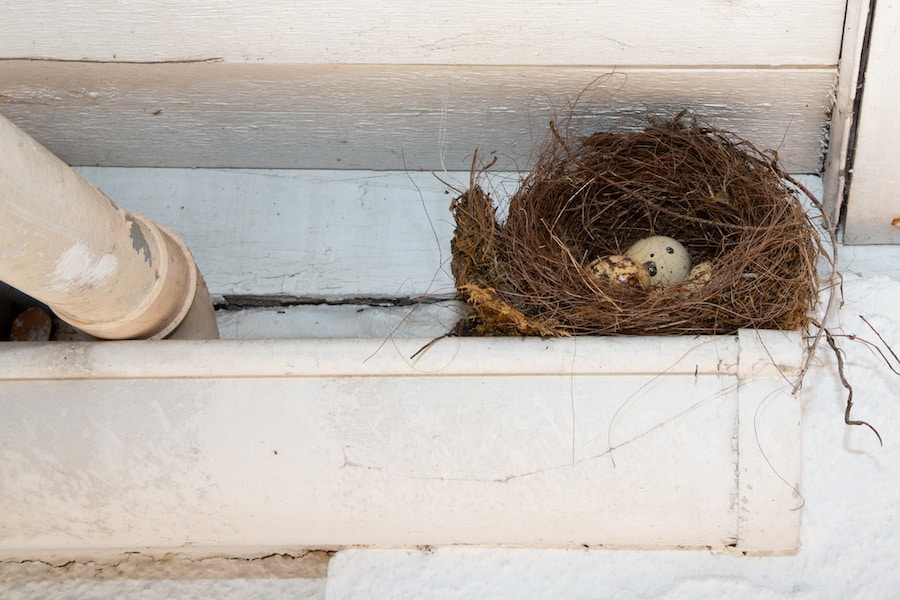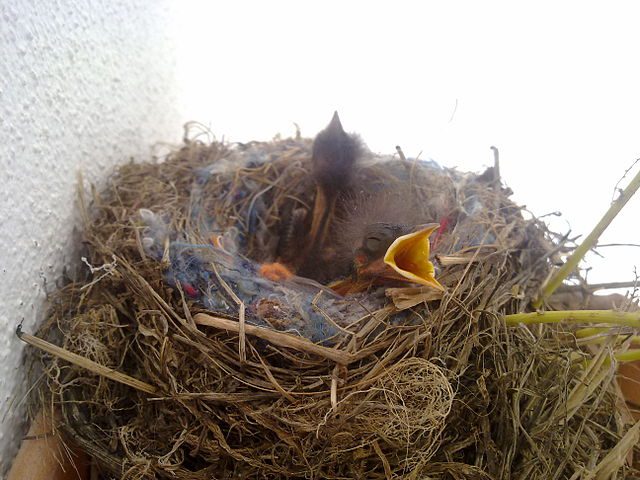When to Remove the Bird Nest

After doing some of this preliminary homework, take into consideration whether the bird nest is already home to a mother and her unhatched eggs. In this case, McMurphy recommends leaving the nest be. However, if the nest and its occupant have a great chance of being in immediate danger, McMurphy recommends safely relocating the nest. And if you happen to stumble upon an abandoned nest in your spring cleaning, McMurphy recommends double-checking that the nest is indeed abandoned before doing anything else. Young birds will occasionally return to the nest for several days in seek of food from their parents, but after a few days they will move on and no longer visit the nest. If so, you can safely discard the nest.
How To Get Rid of A Bird Nest Tips
- Prevent the bird nest before it’s built. Keep food scraps and trash secured tightly in containers. Keep bird feeders away from your home and only fill with enough food for a few birds. Clean up spilled birdseed immediately. Cover vents with covers or screens. Consider using bird repellents to discourage them from nesting near your home.
- Make sure the bird nest is inactive before removing. Check for the presence of either birds or eggs. Never attempt to remove if either of these are present. Sometimes eggs will be present without parents. This doesn’t necessarily mean they are abandoned. Wait until after nesting season to remove or relocate.

3. Know the Law
Before you make any attempt at removing the unwanted nest, be aware that there are laws in place that protect the nest and eggs of certain types of bird. Some of these laws are provincial, while others are federal. In some cases, you will need to seek approval from the Ministry of Natural Resources prior to disturbing the nest. This is true for both nests that are in use– with or without eggs– and nests of certain species where the birds seem to have moved on. In the case of migratory birds, you may need other approvals, including from the federal government.

